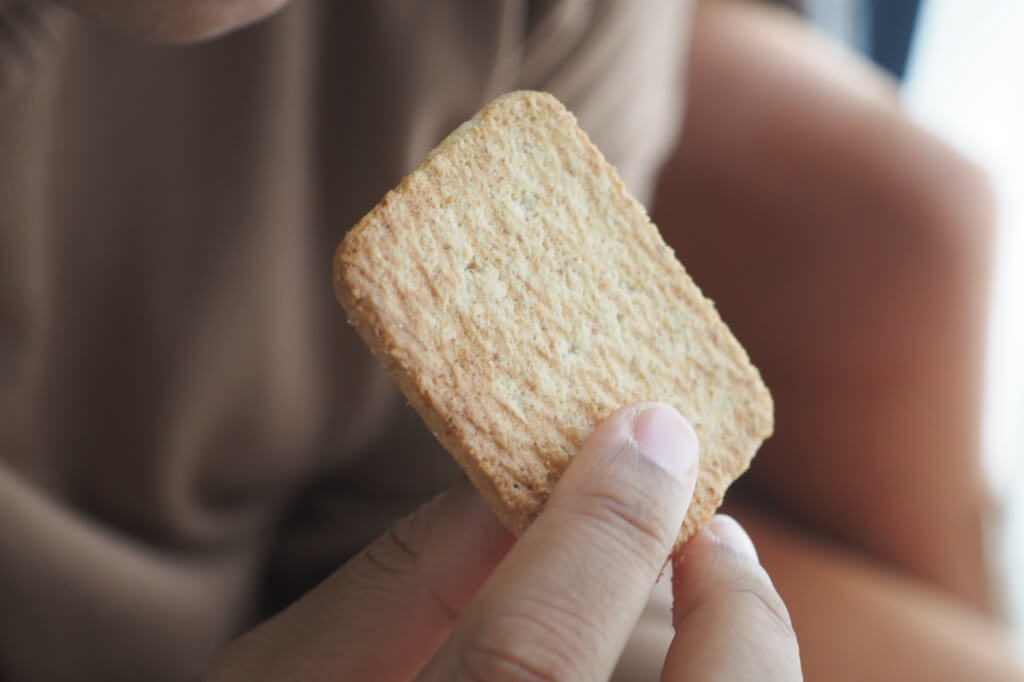In the 19th century, the corset was a staple of women’s fashion, shaping the body to societal ideals through tightly woven fabric or leather reinforced with boning made from materials like whalebone, ivory, or wood. The corset’s purpose evolved, sometimes flattening the torso, other times accentuating curves by tightening. This practice, especially prevalent during the Victorian era, is often cited as a cause of frequent fainting among women. The extreme lacing of corsets could deform the body, displace ribs, compress organs, and hinder basic physiological functions like breathing and digestion. An 1884 article in the West Coast Times highlighted the universal acknowledgment of the dangers of tight lacing, despite many women claiming their slim waists were natural rather than artificially sculpted.
The “great corset controversy” of the century saw divided opinions. Some, like a woman’s letter to the Boston Globe in 1893, defended tight lacing, claiming no harm from decades of the practice. Critics, however, lacked personal experience or were biased against corsets. Conversely, a piece in the Chicago Tribune (1891) condemned the fashion-induced “slavery,” attributing a range of health issues and societal woes to the restrictive garments. This dichotomy reflects the era’s tension between fashion and health, with some arguing that proper corseting from a young age posed no risk. In contrast, others decried the practice for its detrimental effects.
Proponents of tight lacing viewed corsets as essential for achieving an idealized figure, arguing that women could wear corsets without adverse effects with proper training from a young age. This belief was often supported by anecdotal evidence from individuals who claimed no harm from their experiences. However, the opposition highlighted the potential for serious health consequences, including impaired breathing, digestive issues, and long-term deformities. Medical professionals of the time began to voice concerns, linking tight corseting to a range of physical ailments, from respiratory problems to musculoskeletal issues, suggesting that the societal pressure for women to conform to certain body standards was at odds with natural physiology.
The era’s fashion demanded layers of clothing, including underwear, bustle pads, crinoline dresses, and bonnets, even in summer. This could lead to overheating or collapse under the garments’ weight, compounded by the restrictive corseting. The tragic death of Henry Wadsworth Longfellow’s wife, who caught fire due to her hoop skirt, underscores the dangers of such cumbersome attire:
- Women’s fashion in the 19th century involved multiple layers, each adding to the physical burden and potential for overheating. This included not just the corset but also multiple undergarments, heavy skirts, and accessories.
- The materials used, such as crinoline made from horsehair and steel hoops, were not only cumbersome but also dangerous, as evidenced by the tragic incident involving Henry Wadsworth Longfellow’s wife. These materials could become lethal traps in accidents, highlighting the physical risks of adhering to fashion trends.
- The combination of tight corseting and heavy layers could exacerbate health issues, with overheating being a common problem. The lack of mobility and the added weight of garments further complicated women’s daily lives, restricting activities and contributing to the fainting phenomenon.
Past Fashion in Today’s Trends
Today, while corsets have made a resurgence in fashion, their role has shifted significantly. This comeback has a contemporary twist while drawing inspiration from body positivity, nostalgia, and the desire for body shaping. Unlike the rigid, health-compromising corsets of the past, contemporary versions are often designed with comfort and flexibility in mind, allowing you to sculpt your silhouette without sacrificing your well-being. This transformation is a testament to our ability to reinterpret historical trends in a manner that honors our health and individuality.
The allure of vintage aesthetics brings with it the risk of reviving harmful practices, yet today’s fashion landscape is markedly different. The industry has become more inclusive, promoting diversity in body shapes and sizes and challenging the narrow beauty standards of the past. However, the pressure to conform to certain trends can still pose risks, reminiscent of the corset’s constriction. You must navigate these pressures with a critical eye, recognizing when fashion compromises comfort or health. Engaging with trends that celebrate your unique body and prioritize well-being can empower you, turning fashion into a tool for self-expression rather than a source of constraint.
The revival of body-shaping garments, such as waist trainers, underscores the ongoing fascination with silhouette modification. Yet, informed by the past, you have the power to choose products that support rather than hinder your body’s natural function. Opting for items that allow for breathability, and movement, and do not compromise your health is paramount. By doing so, you uphold the lessons of the past, ensuring that fashion serves as an avenue for empowerment, not limitation.
he waist trainer—a modern reinterpretation of the 19th-century corset—has surged in popularity, largely due to endorsements from celebrities and influencers on social media platforms. Reports suggest that the global market for these products has seen significant growth, with projections indicating continued expansion. This trend points to a renewed interest in silhouette modification, echoing past fashion practices but with a contemporary twist.
Health Professionals’ Concerns
Medical and health professionals have raised concerns about the prolonged use of waist trainers, drawing parallels to the health issues associated with traditional corsets. While specific percentages are hard to pin down without current studies, there’s a consensus that overly tight waist trainers can lead to short-term issues such as difficulty breathing, acid reflux, and bruising, as well as potential long-term effects on organ placement and function. These warnings reflect the historical apprehensions about tight lacing’s impact on women’s health.
Surveys and market research on consumer behavior indicate a growing preference for body shaping garments that offer comfort and flexibility alongside aesthetic benefits. This shift suggests that while people are interested in achieving a certain body shape, they’re also increasingly aware of the importance of health and well-being, leading to a demand for safer, more body-friendly options in the market.
Investigations into the effects of wearing waist trainers during exercise have yielded mixed results. Some users report a perceived increase in sweating and a more pronounced waistline, yet experts caution against potential risks such as restricted breathing and reduced core strength. The lack of comprehensive, longitudinal studies makes it difficult to provide concrete statistics but underscores the need for caution and moderation in the use of these garments for fitness purposes.
The cultural resurgence of corset-like garments and waist trainers speaks to broader social dynamics, including body image issues and the impact of social media on beauty standards. While quantifying the psychological impact is challenging, there’s growing dialogue about the need for a balanced approach to beauty and fashion, one that values health and self-acceptance. This conversation mirrors historical debates about fashion’s role in shaping societal norms and individual behavior.
What You Should Be Cautious of When Wearing Waist Trainers
- When using waist trainers or Spanx, your body’s signals are paramount. If you experience discomfort, shortness of breath, or any pain, it’s crucial to loosen or remove the garment immediately. Your body’s feedback is the most reliable indicator of whether a fashion choice is beneficial or harmful. Ignoring these signals can lead to health issues, so always prioritize your comfort and well-being over aesthetic gains.
- Incorporate waist trainers or shapewear into your wardrobe with moderation in mind. Relying on these garments every day can exert unnecessary pressure on your body, potentially leading to negative health effects over time. Aim for a balanced approach by alternating days you wear these items or limiting their use to special occasions. This strategy helps mitigate the risk of compression-related issues while still allowing you to achieve your desired silhouette on your terms.
- One of the most effective ways to avoid health concerns with waist trainers and Spanx is to ensure they fit properly. A garment that’s too tight can constrict your movement and interfere with breathing, while one that’s too loose may not offer the desired shaping effect. Seek professional guidance if possible, or carefully follow sizing guides to find a product that supports without constricting, allowing you to breathe comfortably and move freely.
- Select waist trainers and Spanx made from high-quality, breathable materials. Good quality fabrics not only enhance comfort but also ensure better ventilation, reducing the risk of skin irritation and overheating. Look for products that incorporate natural fibers or have moisture-wicking properties to maintain a healthy skin environment, especially if you plan to wear them for extended periods.
- While waist trainers and Spanx can offer a temporarily sculpted appearance, strengthening your core through exercise provides long-term health benefits and natural body shaping. Incorporate a variety of core exercises into your routine to improve posture, enhance muscle tone, and support your spine. A strong core reduces reliance on shapewear for a desired figure and contributes to overall well-being and functional fitness.
- Tight-fitting shapewear can impact your digestion and appetite. Make a conscious effort to stay hydrated throughout the day and opt for smaller, more frequent meals if you find your shapewear impacts your ability to eat larger portions. This approach can help maintain your energy levels and prevent digestive discomfort, ensuring your body receives the nutrients it needs without undue pressure from restrictive garments.
The historical examination of restrictive garments offers a crucial lesson for the modern fashion enthusiast: the importance of prioritizing one’s health over fleeting beauty standards. With today’s versions of body-modifying attire, let’s remember the significance of balance, comfort, and self-care. Making informed choices that align with both our aesthetic goals and our physical well-being ensures that we remain empowered, healthy, and vibrant, free from the constraints of past fashion practices.




